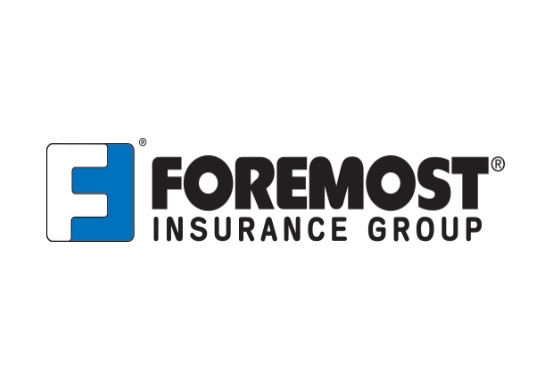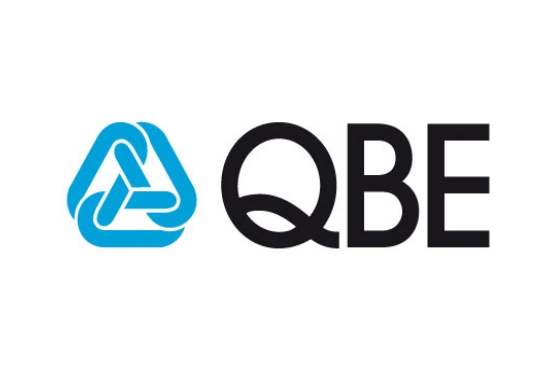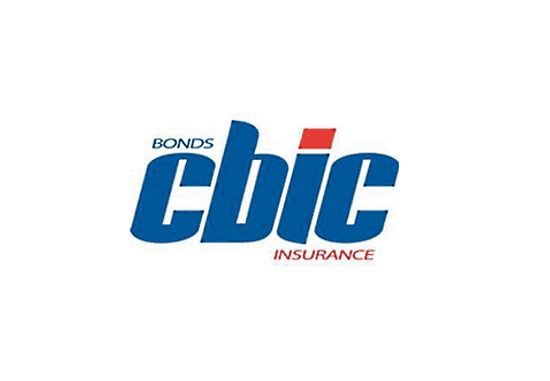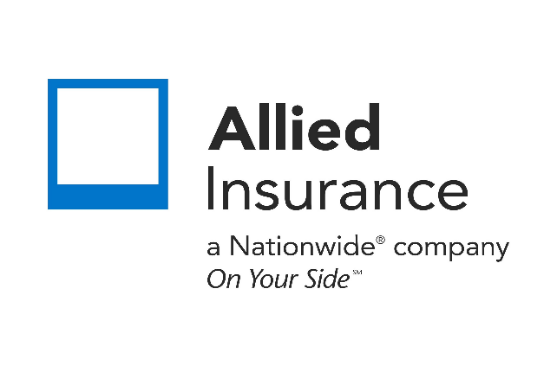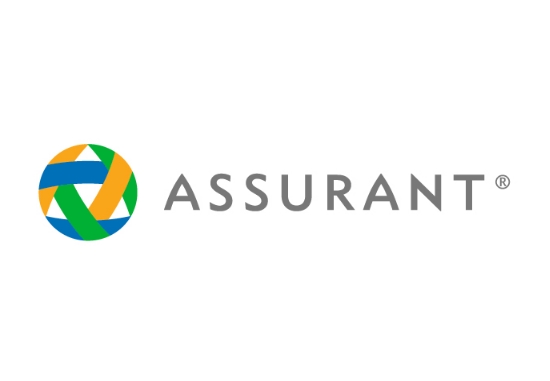How do you classify liabilities?
Understanding the Classification of Liabilities in Accounting
In accounting, liabilities represent the financial obligations of a company that arise from past transactions or events. Properly classifying liabilities is essential for accurate financial reporting and analysis. In this article, we’ll explore the classification of liabilities in accounting, including different categories and their significance.
1. Current Liabilities:
- Current liabilities are obligations that are expected to be settled within the normal operating cycle of the business or within one year, whichever is longer.
- Examples of current liabilities include accounts payable, short-term loans, accrued expenses, and taxes payable.
- These liabilities are typically settled using current assets such as cash, inventory, or accounts receivable.
2. Non-Current Liabilities:
- Non-current liabilities, also known as long-term liabilities, are obligations that are not expected to be settled within the normal operating cycle or within one year.
- Examples of non-current liabilities include long-term loans, bonds payable, lease obligations, and deferred tax liabilities.
- These liabilities are typically settled over a longer period, often through future cash flows or asset sales.
3. Contingent Liabilities:
- Contingent liabilities are potential obligations that may arise from future events, depending on the outcome of uncertain circumstances.
- Examples of contingent liabilities include pending lawsuits, product warranties, and guarantees.
- These liabilities are disclosed in the footnotes to the financial statements but are not recognized on the balance sheet unless the obligation becomes probable and can be reliably measured.
4. Operating vs. Financing Liabilities:
- Liabilities can also be classified based on their purpose or source. Operating liabilities arise from the day-to-day operations of the business, such as accounts payable and accrued expenses.
- Financing liabilities, on the other hand, result from borrowing funds to finance the company’s operations or investments, such as long-term loans and bonds payable.
Significance of Classification:
- Proper classification of liabilities provides valuable information to stakeholders about the company’s financial position, liquidity, and risk profile.
- Current liabilities indicate the company’s short-term obligations and its ability to meet those obligations using current assets.
- Non-current liabilities reflect the company’s long-term financial commitments and its ability to manage long-term debt.
- Contingent liabilities disclose potential risks and obligations that could impact the company’s future financial performance and stability.
In conclusion, the classification of liabilities plays a crucial role in financial reporting and analysis. By categorizing liabilities into current, non-current, and contingent categories, companies can provide stakeholders with a clear understanding of their financial obligations and risk exposure. Properly managing and disclosing liabilities is essential for maintaining transparency, assessing financial health, and making informed business decisions.
We will find the best business insurance tailored to your needs. Read more…
Related Posts
Get a Right Insurance For You
SHARE THIS ARTICLE
We will compare quotes from trusted carriers for you and provide you with the best offer.
Protecting your future with us
Whatever your needs, give us a call, have you been told you can’t insure your risk, been turned down, or simply unhappy with your current insurance? Since 1995 we’ve been providing coverage to our customers, and helping people across United States.






